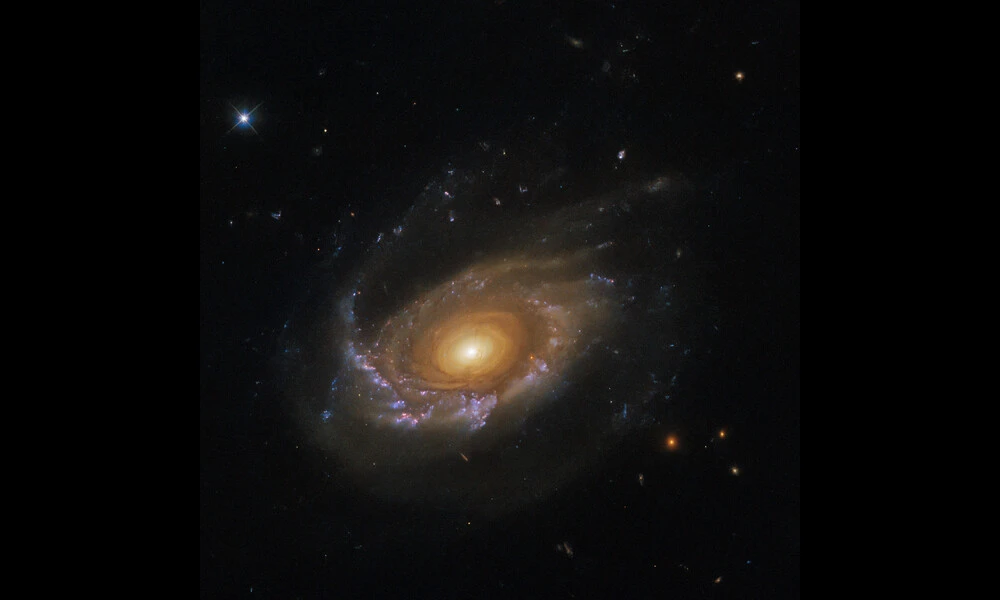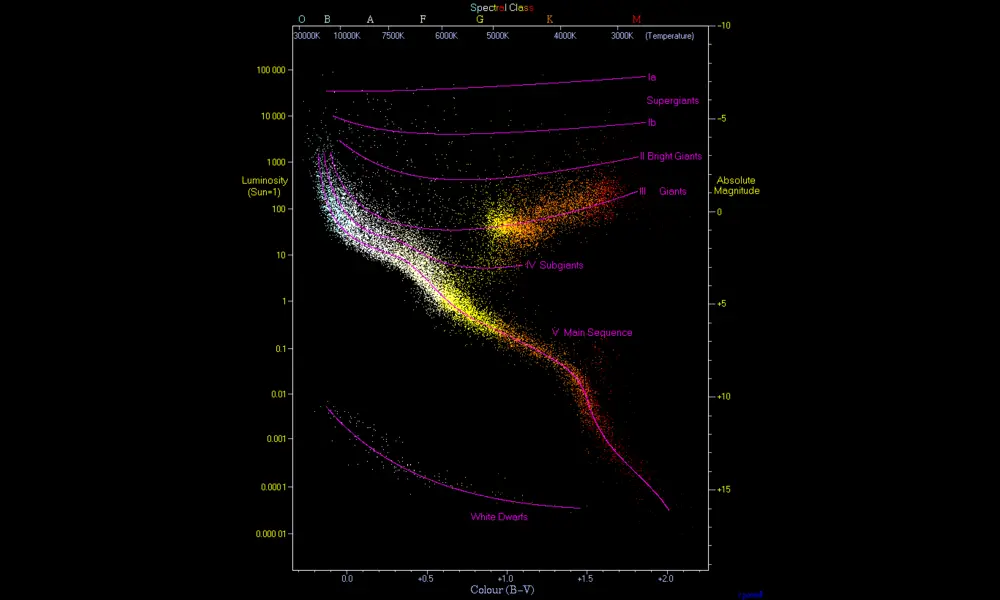pysersic: A Powerful Python Package for Studying Galaxy Structural Properties
Published on Fri Jun 30 2023 Hubble Captures a Drifting Galaxy | NASA Hubble Space Telescope on flickr
Hubble Captures a Drifting Galaxy | NASA Hubble Space Telescope on flickrNew Python Package, pysersic, Makes Determining Galaxy Structural Properties Easier
If you've ever been fascinated by the wonders of the cosmos, you're not alone. And now, thanks to a new Python package called pysersic, studying the structural properties of galaxies has become easier and more efficient. In a recently published paper, researchers present pysersic as a Bayesian framework for inferring galaxy structural parameters from images. The package is written in Python and utilizes the jax framework for accelerated computation, making it compatible with CPUs, GPUs, and TPUs.
The study explains that measuring the structural parameters of galaxies is crucial for understanding their morphology and evolution. To achieve this, researchers commonly use a forward-modeling procedure, fitting parametric models directly to images while accounting for factors like the point-spread function. One popular parametric form used is the Sérsic profile, which characterizes a galaxy's radial surface brightness profile using parameters such as total flux, half-light radius, and the Sérsic index.
The significance of pysersic lies in its ability to provide a user-friendly interface for fitting single or multiple sources in just a few lines of code. The package also offers default inference routines using powerful gradient-based methods like No U-Turn Sampling (NUTS) for efficient and robust posterior estimation. Additionally, pysersic allows users to generate automatic priors for all free parameters based on an initial characterization of a given image, but these can also be manually set. Whether you're a beginner or an advanced user, pysersic aims to provide reasonable defaults for new users while allowing flexibility for tweaking options as necessary.
One particularly useful feature of pysersic is its efficient and accurate rendering algorithm for Sérsic profiles. These profiles with high index values (n > 3) are notoriously difficult to render accurately due to the steep increase in brightness towards the center. However, pysersic offers three rendering options. The first is a traditional real-space rendering algorithm that oversamples the center of the profile to ensure accurate results. The second and third methods render the profiles in Fourier space, which provide accurate representations, even for strongly peaked profiles, while avoiding artifacts due to pixelization. This flexibility allows researchers to interchange and test different rendering algorithms, encouraging innovation in the field.
With pysersic, astronomers and astrophysicists now have a powerful tool at their disposal to determine the structural properties of galaxies with ease. By using this Python package, the study of galaxies can become more efficient, allowing researchers to delve deeper into the mysteries of the universe. This open-source software is set to become an invaluable resource for current and future analysis pipelines in extragalactic studies. So, whether you're an amateur stargazer or a seasoned researcher, pysersic is a must-have tool for exploring the intricate structures of galaxies.



